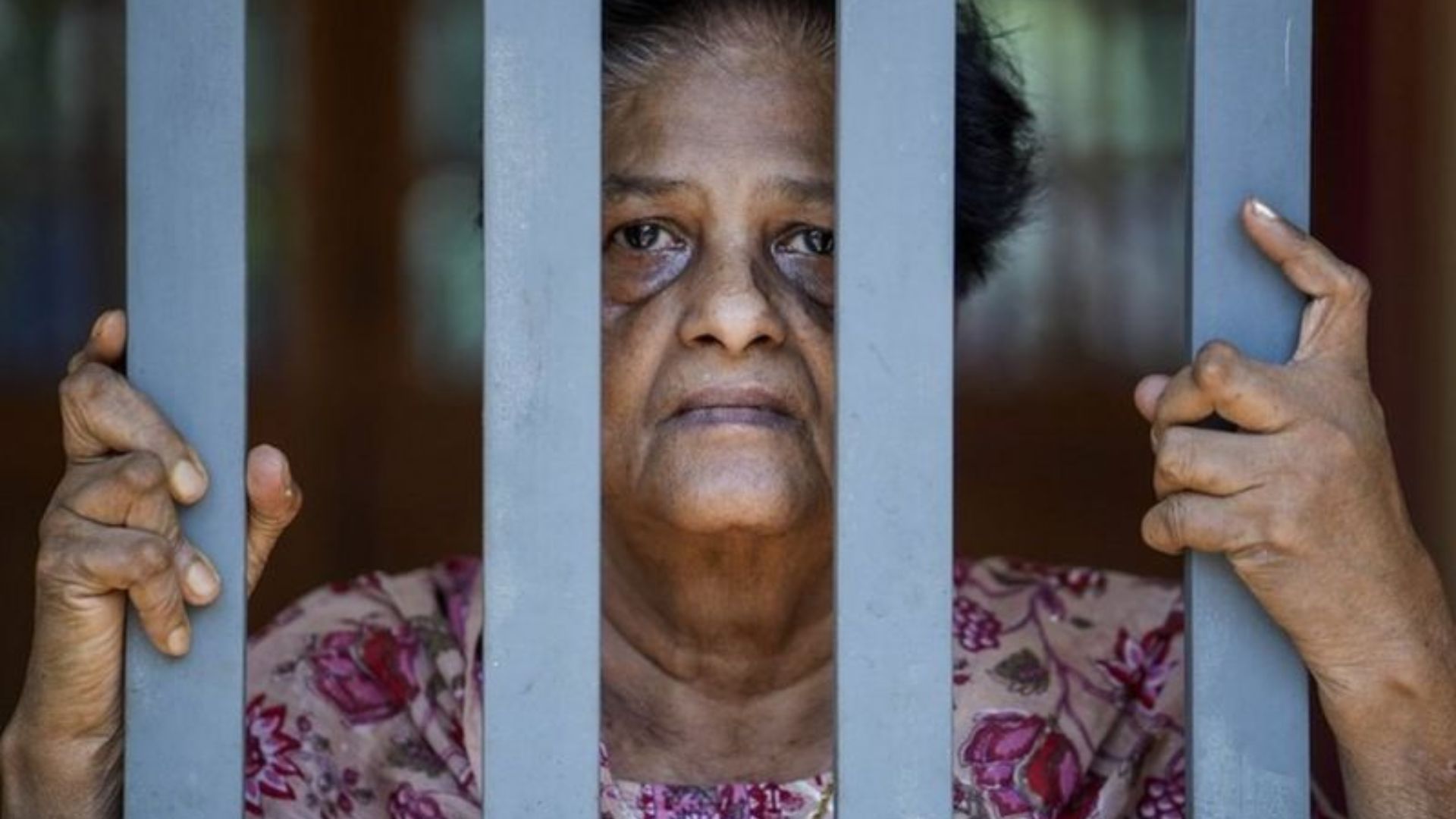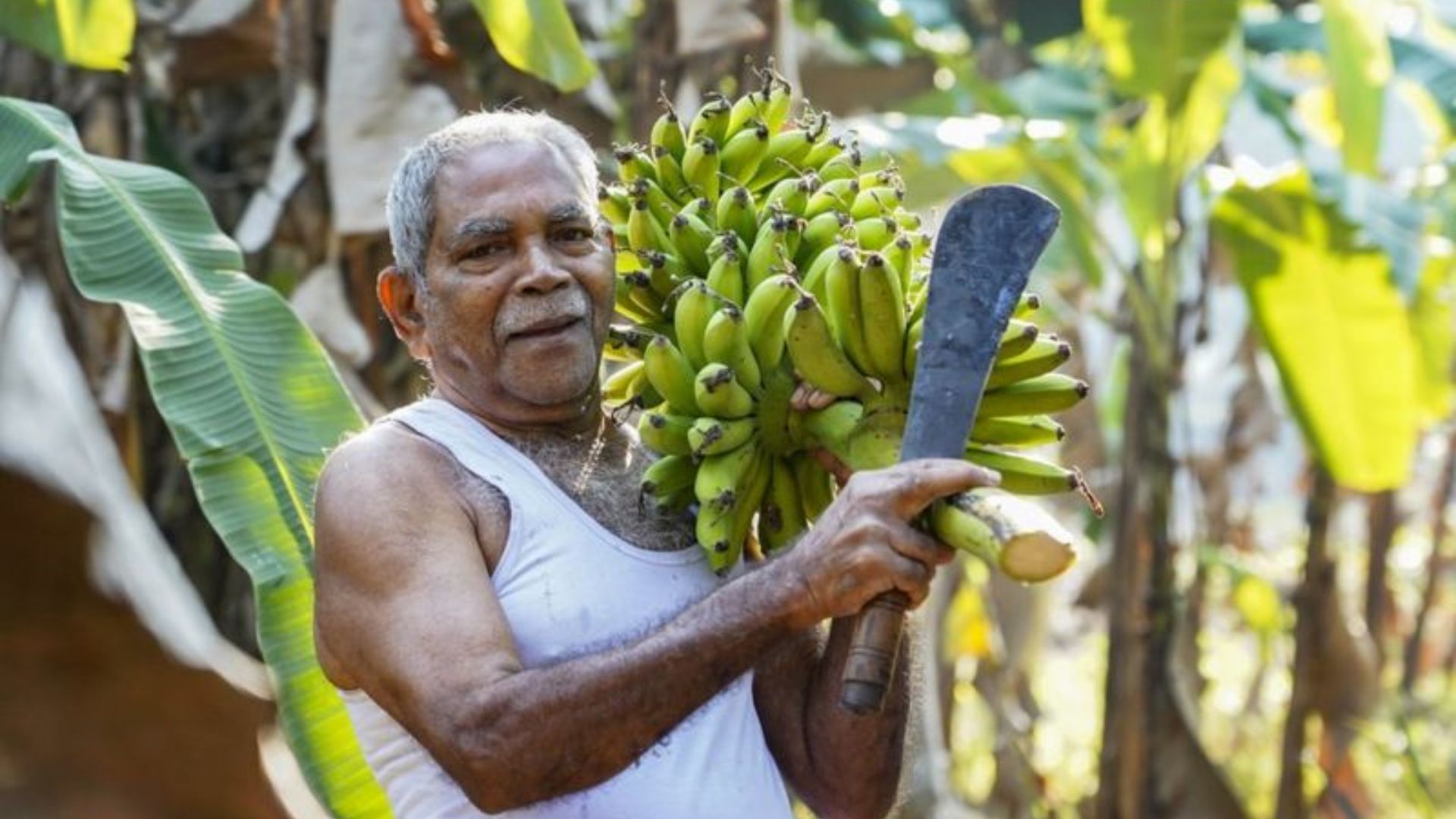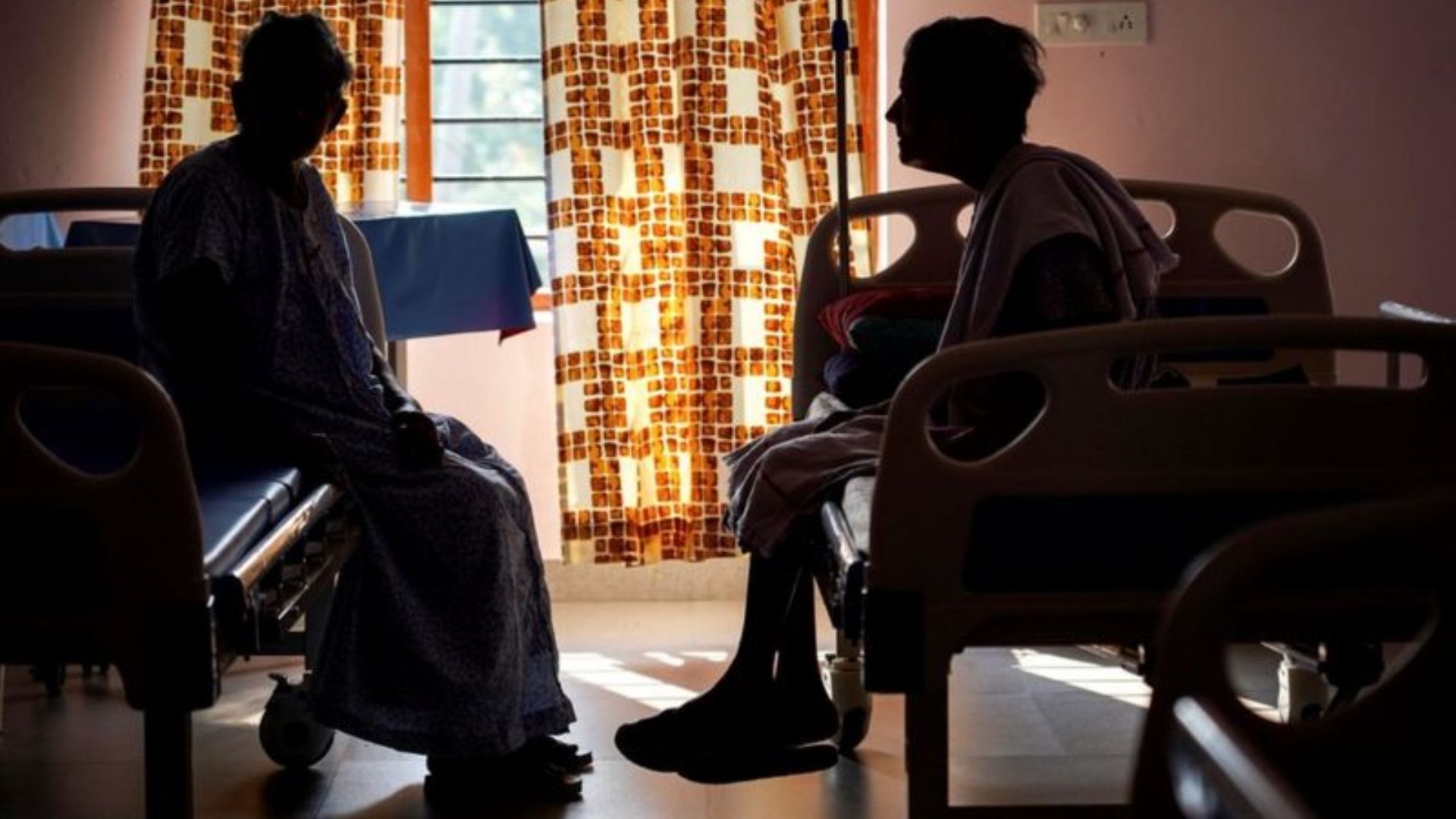Some 15% of the homes are locked up because residents have migrated or are staying with their children abroad
India is now the most populous country in the world, surpassing China, but there is a population crisis in some regions where fertility has fallen below replacement levels and migration has left behind ghost towns populated by the elderly. In order to better understand the effects of an aging society, Soutik Biswas of the BBC visits Kumbanad, a town in Kerala state.
Schools in a sleepy town in Kerala have long struggled with a peculiar issue: there are not many students, so teachers have to go out looking for them. Students' transportation costs to the school must also be covered out of pocket.
There are 50 students enrolled in a 150-year-old government upper primary school in Kumbanad, down from about 700 in the late 1980s. The school educates children up to the age of 14. The majority of them come from disadvantaged, low-income families that reside on the outskirts of town. The smallest class is seventh grade, which has just seven students. In 2016, there was just one student in the class.
It can be difficult to enroll enough students in the school. Each of the school's eight teachers pays 2,800 rupees ($34; £28) each month to cover the cost of the tuk-tuks that transport students to and from their homes to the school. They also knock on doors in search of students. Even the small number of private schools in the area, the largest of which has about 70 students, are sending out teachers to look for students.
The hum of lessons and the hubbub of squeals that make up a busy schoolhouse could hardly be heard on a recent muggy afternoon at the upper primary school. Teachers instead instructed a small number of kids in quiet, dark classrooms. A few students were seen wandering aimlessly in the building's sweltering courtyard outside.
"How can we help?" The town is devoid of youngsters. In fact, there are hardly any residents here." The principal, Jayadevi R, quipped wryly.
Kumbanad lies at the heart of Kerala's Pathanamthitta district, where the population is declining and aging. There are 25,000 people living in Kumbanad and half-dozen villages around it, with 15% of the 11,118 homes locked up. There are 20 schools, but few students, one hospital, a state-run clinic, more than 30 diagnostic centers; and three old-age homes. There are also two dozen banks, including eight branches within less than half a kilometer, that vie for remittances from townspeople who live and work all over the world. Around 10% of the $100 billion in remittances that India mopped up from Indians living abroad last year came to Kerala.
Kerala stands out among other Indian states because it experienced the lowest state-level population growth between 2001 and 2011 (4.9%). For at least 30 years, fertility rates have been below replacement levels, which has caused young people to move away quickly in search of opportunities while abandoning their parents behind. Since she can remember, Annamma Jacob, 74, has lived alone after the early 1980s death of her husband, a mechanical engineer employed by a state-owned oil company. Her daughter lives a short distance away and her 50-year-old son has lived and worked in Abu Dhabi for more than two decades, but her husband has spent the last three decades working as a software engineer in Dubai.

The next-door neighbors of Annamma are gone; one has locked up her house and moved her parents to Bahrain, and the other has moved to Dubai. The neighborhood is a picture of gloom, with empty houses with large yards and CCTV cameras in place of watchdog dogs. Annamma has traveled abroad to visit her son and grandchildren and has taken vacations in Jordan, Abu Dhabi, Dubai, and Israel despite having heart disease and arthritis. Her carpeted living room is filled with items that demonstrate her connections to the outside world, including a bottle of imported body wash, pistachio and cashew nuts, yellow paper flowers stuffed into Chinese vases, and paracetamol tablets that were imported.
I questioned her on why she constructed a massive 12-room home only to live by herself. "Everyone builds large houses here," she said with a smile. She invests a lot of time in her backyard farm, where she raises jackfruit, yams, ginger, tapioca, and bananas.
Some days, I only speak to Diana, the dog she keeps in a kennel outside. It is exhausting for her to work on the farm, given her advanced age and deteriorating health. Annamma said that she is unable to hire a farmhand. For the few people who look for work, a labor shortage has resulted in high wages. A daily laborer makes 1,000 rupees for a six-hour day of farm maintenance.
Chacko Mammen, who has diabetes and heart disease, works on his small farm a few streets away for four hours each day to grow bananas. Before going back home, the 64-year-old worked as a salesperson in Oman for thirty years. After six years, he closed a small business because he could not find enough employees. After much work, he now produces and sells 10 kilograms of bananas per day from his farm. "I simply cannot afford a worker," he admitted.

Shoring up the workforce in an aging society is always difficult. Even the migration of workers from other states doesn't always work, sometimes because of a distrust of outsiders. Annamma said she did not prefer hiring a migrant.
There is hardly any crime in this sleepy town of aging residents and abandoned buildings. The police said thefts are rare because people don't keep much money and valuables at home.
The chief inspector of the neighborhood police station, Sajeesh Kumar V, explains that the neighborhood is quiet and that the only complaints it receives are about cheating. An elderly resident's relative embezzled nearly 10 million rupees by forging her signature a year ago. Four promoters of a private financial company that opened shop in the town and made exorbitant deposit-return promises were detained by the police last year. The majority of the police's time is spent caring for the elderly, visiting 160 elderly and single people and dispensing mobile alarms in some of their residences. In 2020, when the police broke down a door, they discovered an elderly woman sprawled out on the floor. They also transport residents to nursing homes as part of their duties.

The three old-age homes in Kumbanad, India, that are wheelchair accessible are the most significant details in this text. More than 100 locals between the ages of 85 and 101 are cared for at the Alexander Marthoma Memorial Geriatric Center, a five-story structure next to a 150-bed hospital. Their families contribute 50,000 rupees per month for their support. The waiting list for the 60 locals who currently reside at the 75-year-old Dharmagiri Old Age Home is growing. The majority of the women who stay with us have been duped, and some of them have been left by their families. This is the tale of any demographic change, and eventually, it will be the tale of all of India.
Source: BBC
Picture Source: BBC